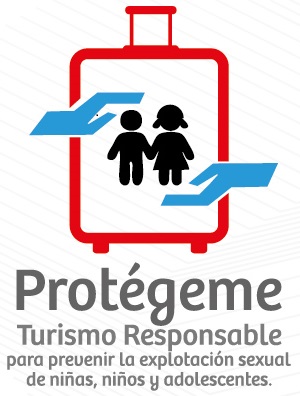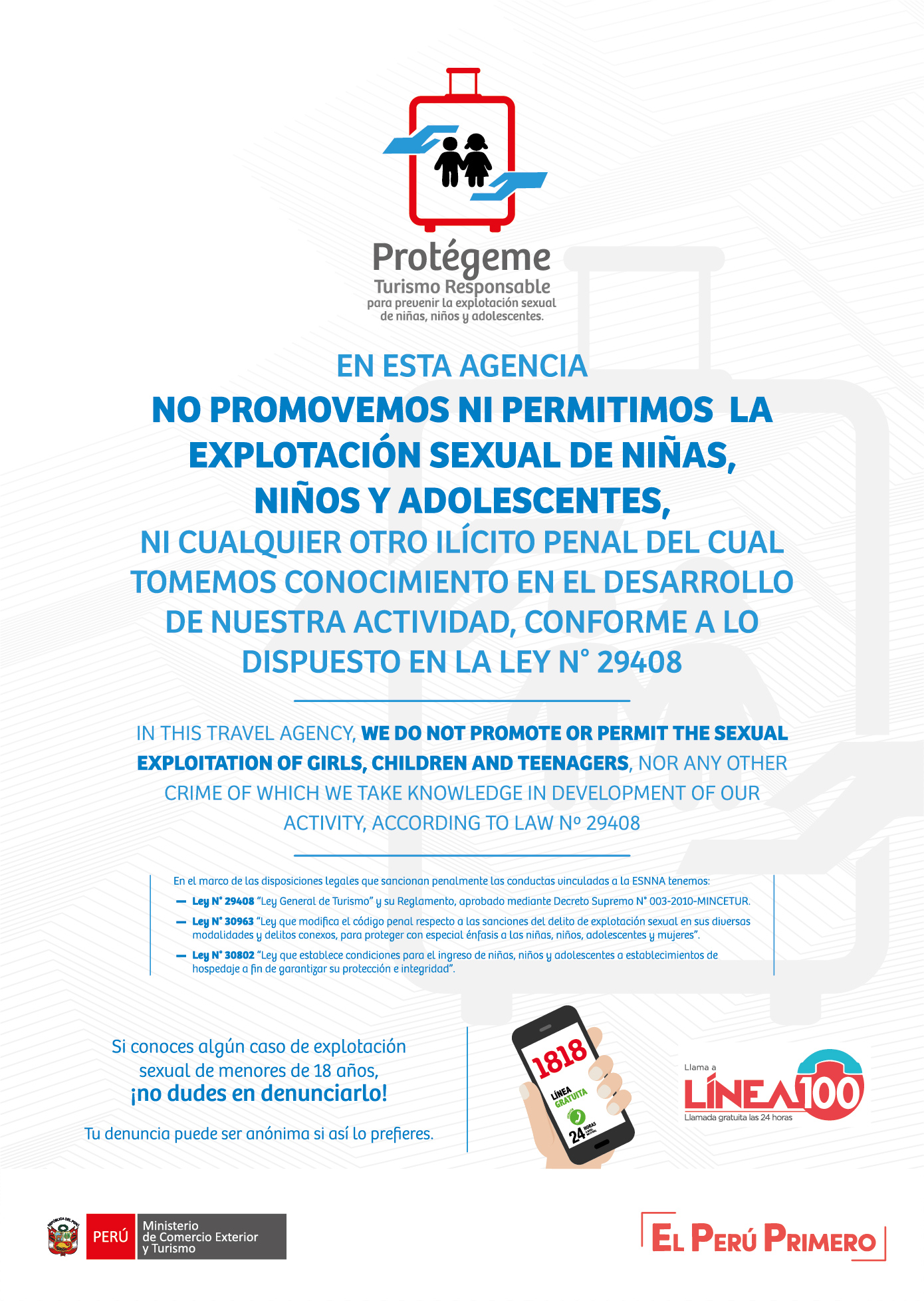Peru is a very diverse country on a cultural and natural level, throughout its 24 regions and constitutional province of Callao. For this reason, each region gives us and surprises us with its landscapes, customs, traditions, ancestral techniques, dances, gastronomy, etc. Today we tell you 7 curiosities that will surprise you about this beautiful country.
182 kilometers north of the city of Lima, in the Supe Valley, province of Barranca, is the Sacred City of Caral. Caral is approximately 5000 years old, which is why it is considered the oldest civilization in America, contemporary with the Sumerian civilization in Mesopotamia, Harappa in India, Egypt and China, all located on the Asian continent or in Africa like Egypt.
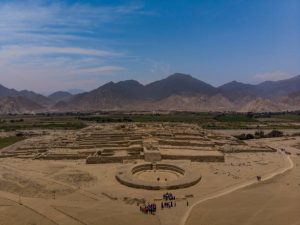
Sacred City of Caral. Photo by Wirestock at istockphoto.
Peru has the largest variety of potatoes in the world, and this superfood was domesticated for the first time north of Lake Titicaca about 8 thousand years ago. Currently in Peru, more than 700,000 families live from the cultivation of this Andean tuber, throughout 19 regions, which allows us to have a diversity of potatoes, due to factors related to the altitudinal levels and microclimates that the country has.
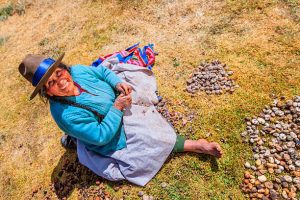
Preparation of potato-based chuño. Photo by Hadynyah at istockphoto.
Peru has more than 50 varieties of corn, of which more than half grow in the Andes. The country is considered the geographical space with the greatest diversity of this crop in the world, due to the evidence found about its domestication and consumption since ancient times. Currently, different varieties of corn continue to be produced and consumed, present in daily cuisine and restaurants throughout the country. From choclo (cooked corn), canchita (toasted corn), to chicha morada (essence of purple corn).
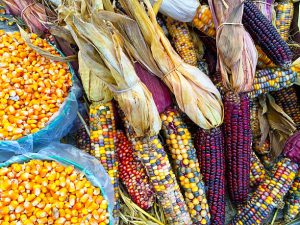
Variety of colored corn. Photo by Studio Light and Shade at istockphoto.
Peruvian pisco is recognized internationally for its great quality and designation of origin, and that is why it leads the export of this grape distillate. It is considered the national drink of Peru, however, Peruvians consume more beer than pisco, and that is why most of the national pisco production is exported.
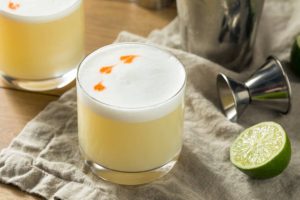
Pisco Sour, Peruvian cocktail based on pisco. Photo by Bhofack2 on istockphoto.
Peru is one of the countries with the greatest cultural and linguistic diversity in Latin America, this is reflected in the 48 native languages that have been registered throughout the country. Of the 48 original languages, 4 come from the Andes and 44 from the Amazon. The best known and most spoken are Quechua, followed by Aymara, which are also spoken in some South American countries.
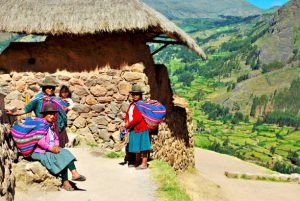
Quechua-speaking inhabitants of Cusco, Peru. Photo by Wirestock at istockphoto.
Between the cities of Nazca and Palpa, in the Ica region, we find one of the greatest archaeological mysteries of all time, the Nazca lines. The enormous lines with geometric and zoomorphic shapes expand in an area 50 kilometers long and 15 kilometers wide. There are approximately 800 figures that have been found to date, of which those of the hummingbird, the condor, the pelican, the monkey and the spider stand out. The most popular theory is that these figures were created and used by the Nazcas as a huge astronomical calendar, but to this day the actual origin is unknown.

Monkey geoglyph of Nazca mysterious lines. Photo by Daniel Prudek at istockphoto.
In the north of Peru, in the city of Trujillo, is Chan Chan, considered the largest pre-Columbian adobe city that has ever existed, which was divided into nine “citadels” or “ palaces” that form independent units. This place was the capital of the Chimú kingdom, which had its greatest splendor in the 15th century, shortly before submitting to the power of the Incas.
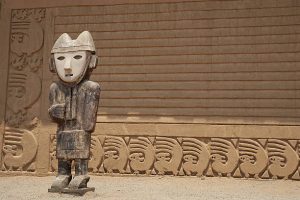
Chan Chan Citadel. Photo by Jeremy Richards at istockphoto.
Countless paths to travel and magical places to discover. Do not miss the news we have for you about our trips and destinations. 😉

